Airbus Helicopters: 3D printing with aluminium
Airbus Helicopters 3D printing center, Donauwörth, Germany.
© Airbus Helicopters
Bar ohne Namen
Entschlossen verweigert sich Savage, der Bar einen Namen zu geben. Stattdessen sind drei klassische Design-Symbole das Logo der Trinkstätte in Dalston: ein gelbes Quadrat, ein rotes Viereck, ein blauer Kreis. Am meisten wurmt den sympathischen Franzosen dabei, dass es kein Gelbes-Dreieck-Emoji gibt. Das erschwert auf komische Weise die Kommunikation. Der Instagram Account lautet: a_bar_with_shapes-for_a_name und anderenorts tauchen die Begriffe ‘Savage Bar’ oder eben ‚Bauhaus Bar‘ auf.
Für den BCB bringt Savage nun sein Barkonzept mit und mixt für uns mit Unterstützung von Russian Standard Vodka an der perfekten Bar dazu.
Airbus Helicopters has opened a new 3D printing centre in Germany to expand its own capacities for innovative 3D printing processes. In addition to machines for titanium and plastic, the company now also operates a machine that can produce components from aluminium.
The additive manufacturing process offers several advantages over conventional manufacturing and can be used at Airbus Helicopters for both series production and components for prototypes such as the electrically powered CityAirbus NextGen and the experimental Racer high-speed helicopter. 3D printing processes can also reduce the weight of aircraft components and thus favour lower fuel consumption. This not only has financial benefits, but can also help to reduce CO2 emissions in the long term.
Further advantages are the significant increase in resource efficiency in the manufacturing process and the high level of flexibility. Components with new configurations can be printed as individual pieces or in small series for test purposes. This also makes the process interesting for the construction of prototypes. While components are milled from solid material in conventional processing, metal or plastic powder is melted using laser beams in additive layer printing. In this way, the desired shapes are created layer by layer. This makes it easier to produce complex structures than with conventional processes.
